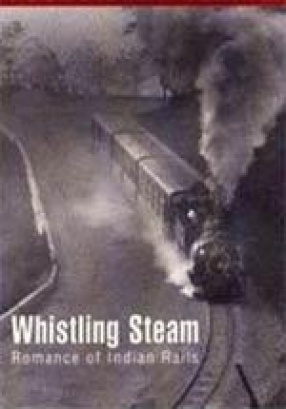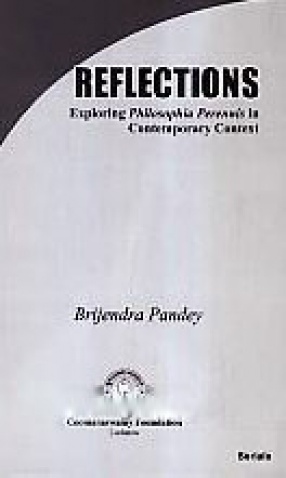Ever since the first steam locomotive came to India, we have had an enduring romance with the railway. The iron devil, as the locomotive is called, conjures up visions of a black engine chugging through green fields with smoke billowing from its chimney, trailed by a string of red carriages. The railway as we know it today is the combination of the steam loco and the metal rails. Even though France and England were experimenting on steam engines in the 1770s, a ‘real train’ did not move till fifty years later. In 1825, the first passenger train ran between Stockton and Darlington in England. The locomotives were designed by the father-son team of George and Robert Stephenson. Thus was born the famous Rocket. In 1830, Stephenson designed the first time-tabled service for the Liverpool and Manchester Railway. In the same year, the first American locomotive, Best Friend of Charleston, chugged out on the South Carolina railroad. In 1835, Germany imported a Stephenson-built locomotive, Adler, and a driver from England, and ran its first train. Trains were seen in Holland and Italy in 1839 and in 1848 in Spain. The first Russian railway was built at Tsarskoe Selo in 1837, but serious work to link Moscow to St. Petersberg began only in 1842. Although railway companies were floated by ‘glorified blacksmiths’ and ‘cigar-chewing’ entrepreneurs, the railway inspired novelists, artists, musicians and film-makers. Claude Monet spent a year painting the St. Lazare station in Paris. The celebrated work, Rain Steam and Speed, by Turner (1843) is now in the National Gallery, London. A century later, Elvis Presley, Bob Dylan and a host of jazz musicians wrote songs on the train theme. Though most steam engines have been phased out, old-timers retain their nostalgia… the sweet smell of smoke wafting into the carriages, the coal bits in the hair, the chug and whistle and the clickety-clack of the train over the tracks… The irresistible poetry of steam will not be easily forgotten. Hopefully…
Reflections: Exploring Philosophia Perennis in Contemporary Context
The essays are an attempt to ...
$38.70
$43.00





There are no reviews yet.